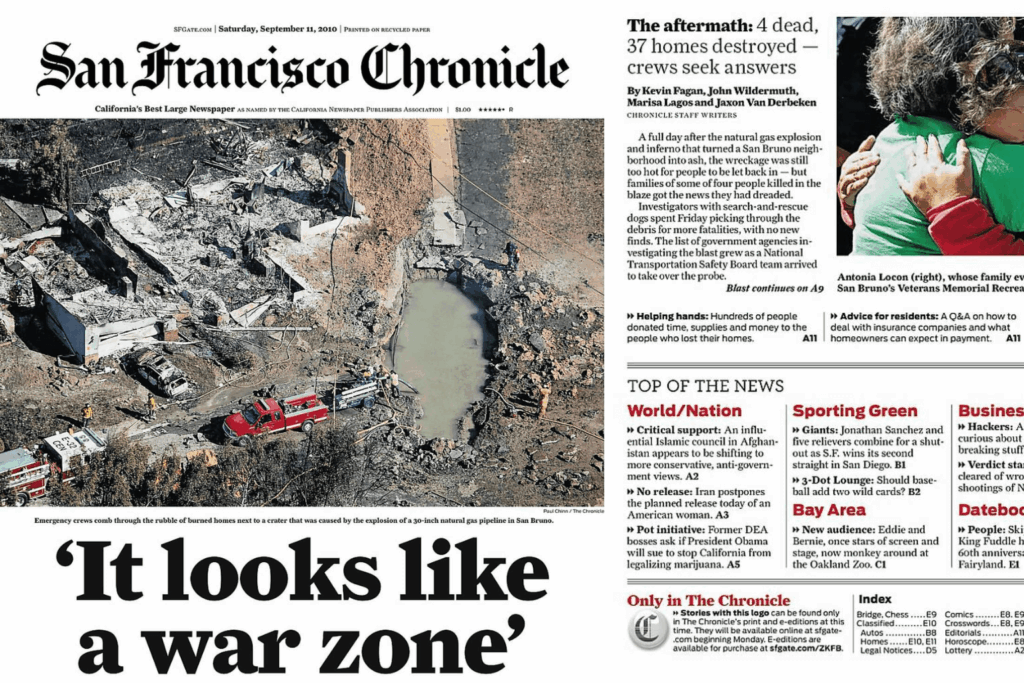Hidden in the Budget: How Companies Bury Negligence in Paperwork
When something goes wrong – whether it’s an accident at school, a nursing home injury, or an industrial disaster – the fault often lies in what wasn’t done. The clues to that failure may be buried in budgets, fine print, and stacks of documents.
If you’re currently pursuing a personal injury negligence claim, here’s what you need to know.
Why Are Critical Safety Costs Buried in Budgets?
Organizations in many sectors catalogue safety training, maintenance, inspections, and oversight under vague categories. This makes them almost invisible to the untrained eye. As one funding‐analysis site observes, “vague or lump sum figures without breakdowns” make a budget appear non-transparent, concealing where money is actually going.
When safety is hidden behind “operational costs,” parents, regulators, and injured victims may not detect underspending until it’s too late.
For a free legal consultation, call (424) 453-2310
What is the “Document Dump” Strategy and Why Does It Matter?
Beyond hiding costs in budgets, many large organizations use a strategy designed to frustrate discovery. Known as the “document dump,” this tactic floods the opposing side with thousands of pages of irrelevant or unsorted documents. It’s intended to create a logjam of information.
For an injured person or family, it means vital evidence is obscured by noise. Without an experienced legal team and forensic help, critical details about a company’s negligence remain hidden.
“You’re already in pain, out of work, and juggling medical appointments, and now you’re expected to become an accountant overnight?” asks Parham Nikfarjam, Senior Trial Attorney at J&Y Law. “It’s impossible. That’s exactly what the other side is counting on, though. They want you to feel overwhelmed so you’ll give up.”
Real‐World Examples of Concealed Negligence
- In the 2010 San Bruno gas pipeline explosion, an audit found that the utility Pacific Gas & Electric diverted over $100 million earmarked for pipeline safety into general corporate use. Required upgrades to the pipeline were deferred.
- In the city of Bell, CA, officials concealed salary payouts by splitting payments and using multiple budget line items. They were eventually caught by an audit.
- A New York Times legal investigation found nearly 75% of U.S. nursing homes use affiliated company structures to funnel resources away from onsite care, resulting in 8% fewer staff and higher complaint rates.
These examples underscore how systemic underfunding, hidden in paperwork, directly links to danger, injury, and death.

Click to contact our personal injury lawyers today
What Budget or Contract Red Flags Should You Watch For?
- Overly broad categories: “Operational services,” “Corporate overhead,” or “Miscellaneous”- with no breakdown of safety, training, or maintenance.
- Missing expected line items: No budget line for “elevator inspections,” “pool lifeguard training,” or “fire-safety maintenance” in a setting where you’d expect them.
- Inconsistent narrative vs numbers: The text promises top-tier safety, yet the budget shows little or no spending on training, oversight, or maintenance.
- Information overload tactics: A thick file of hundreds/thousands of pages with no index, no summary, and no clear breakdown may signal a document dump strategy.
- Fine print & footnotes: Hidden clauses, insurance policy exclusions, asterisks, or ambiguous wording can mask major liability issues.
If you spot these signs in a corporate or institutional budget or contract – especially one tied to an accident or injury – they may point to negligence being concealed.
Complete a Free Case Evaluation form now
How Does This Matter If You’ve Been Injured?
When you’re a victim of injury due to negligence, these tactics increase your burden of proof. The opposition may force you to show:
- The entity made promises (or had legal duties) to maintain safety
- They concealed or underfunded safety measures
- The concealed negligence caused your injury
Without an attorney skilled at uncovering buried documents, overlooked budgets, and hidden entities, you risk losing access to key evidence or facing a powerful defense prepared for exactly this scenario.
“We’ve been here before,” says Nikfarjam. “When you’re hurting, trusting someone else to take over can feel like too much. But that’s exactly when the right legal team matters most. Let us subpoena records, search through the financials, and expose safety lapses that corporations hope you’ll never find.”
Why You Should Contact an Experienced Legal Team
Organizations with complex structures are prepared for these legal battles. By working with experienced attorneys and forensic experts, you gain:
- Subpoena power for internal budgets and breakdowns
- Experts who can decode contract terms, insurance exclusions, and affiliated entity schemes
- Investigative support to sift through document dumps and identify the “needle” in the haystack
- Strategic leverage against large defendants who assume claimants won’t have the resources to do this themselves
Before you fight for compensation, your first fight is for transparency.
Don’t Let Hidden Paperwork Hide the Truth
Negligence can be buried in line items. If you or a loved one has been hurt and you suspect safety systems were underfunded or obscured, you need a team that knows how to dig deep. At J&Y Law, we’ve helped uncover hidden liabilities and pursue justice when the system tries to conceal it. Call us for a free, no-obligation case consultation, and let us help you hold the responsible parties accountable.
Call or text (424) 453-2310 or complete a Free Case Evaluation form




